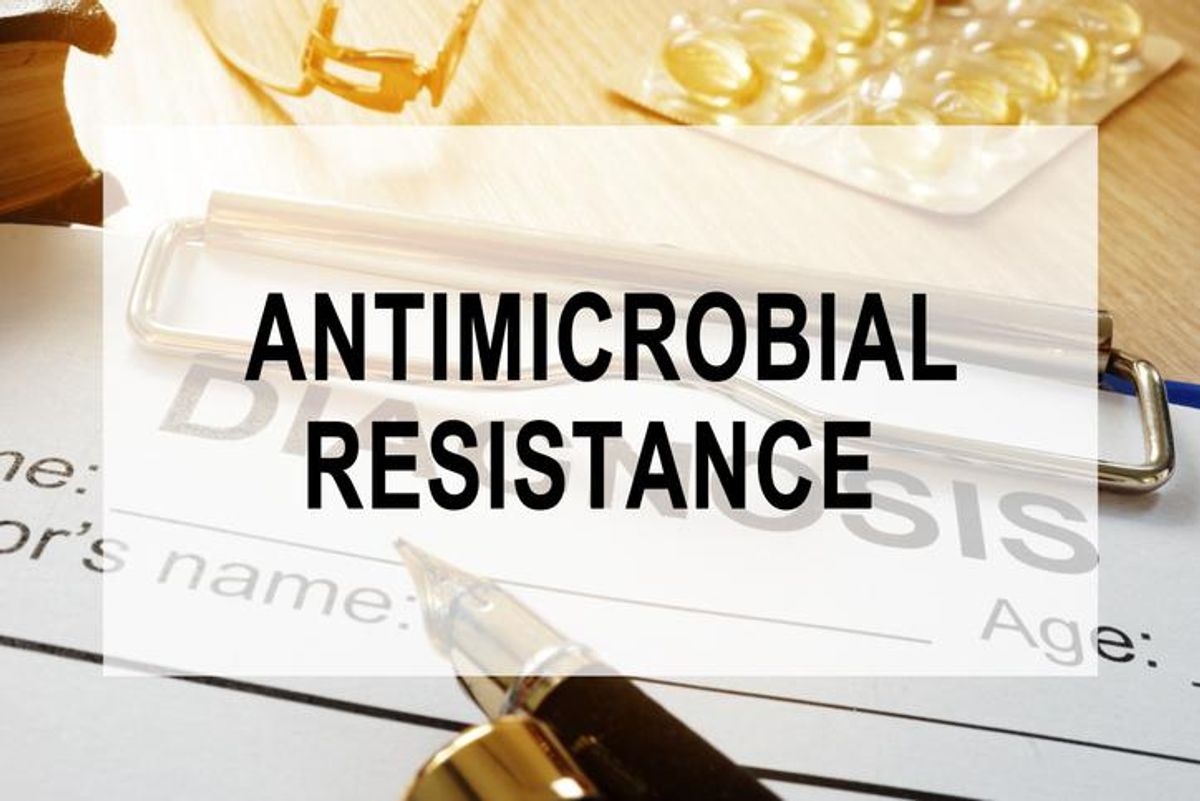
iStock.com/designer491
Antimicrobial Resistance (AMR): What You Need to Know to Keep Yourself and Your Family Safe
09 May 2022
13 Mar 2025
Programs
Antibiotics have no effect against a virus, yet most of us have been prescribed antibiotics for viral conditions like cold symptoms or bronchial infections at some point. While that practice might have seemed harmless, decades of overuse and misuse of antimicrobials have contributed to antimicrobial resistance (AMR), which is when germs change over time and no longer respond to common medications.
Each year, more than 2.8 million antibiotic-resistant infections occur in the United States alone, and more than 35,000 people die as a result of AMR. The situation has become so serious that the World Health Organization declared AMR a top global health threat facing humanity.
What can you do to keep your family safe? In our new education program, we share the facts you need to know and the questions to ask your healthcare provider about AMR. We also turned to Dr. Maria Isabel Rosas Garcia, a pediatric infectious disease specialist, to explain more about why AMR should be taken seriously and what you can do to fight this growing health concern.
Finally, we invite you to tune into our webinar, " Antimicrobial Resistance: The Global Threat and Why Women Need to Know About It" to hear from leading experts about the basics of AMR, how we need to raise awareness, appropriate use of antibiotics, what women can do for themselves and their family, and why to become active in the policy campaign.
This resource was created with support from Pfizer Inc.

Moderator
Thomas Heymann, President & CEO, Sepsis Alliance

Helen Boucher, MD, FACP, FIDSA, Attending Physician, Faculty, Tufts Center for Integrated Management of Antimicrobial Resistance; Dean Ad Interim and Professor of Medicine, Tufts University School of Medicine

Sandy Cayo, DNP FNP-BC, VP of Clinical Performance and Transformation, New Jersey Hospital Association

Amanda Jesek, Senior Vice President, Public Policy & Government Relations, Infectious Diseases Society of America

Kevin Outterson, Professor of Law, Boston University; N. Neal Pike Scholar in Health and Disability Law; Executive Director of CARB-X
Antimicrobial agents are used to treat diseases caused by microbial infections. Over time, the increased use and misuse of antimicrobial agents have led microbes to evolve such that they become resistant to drugs and maintain the ability to cause disease; also known as antimicrobial resistance (AMR).The main drivers of antimicrobial resistance include the misuse and overuse of antimicrobials, lack of access to clean water, sanitation, and hygiene (WASH) for both humans and animals, poor infection and disease prevention and control in health-care facilities and farms, a various other factors. To learn more about the risk, signs, and preventative measures of AMR, please contact your provider and explore the additional resources below.
HealthyWomen Resources
En Español
Additional Resources